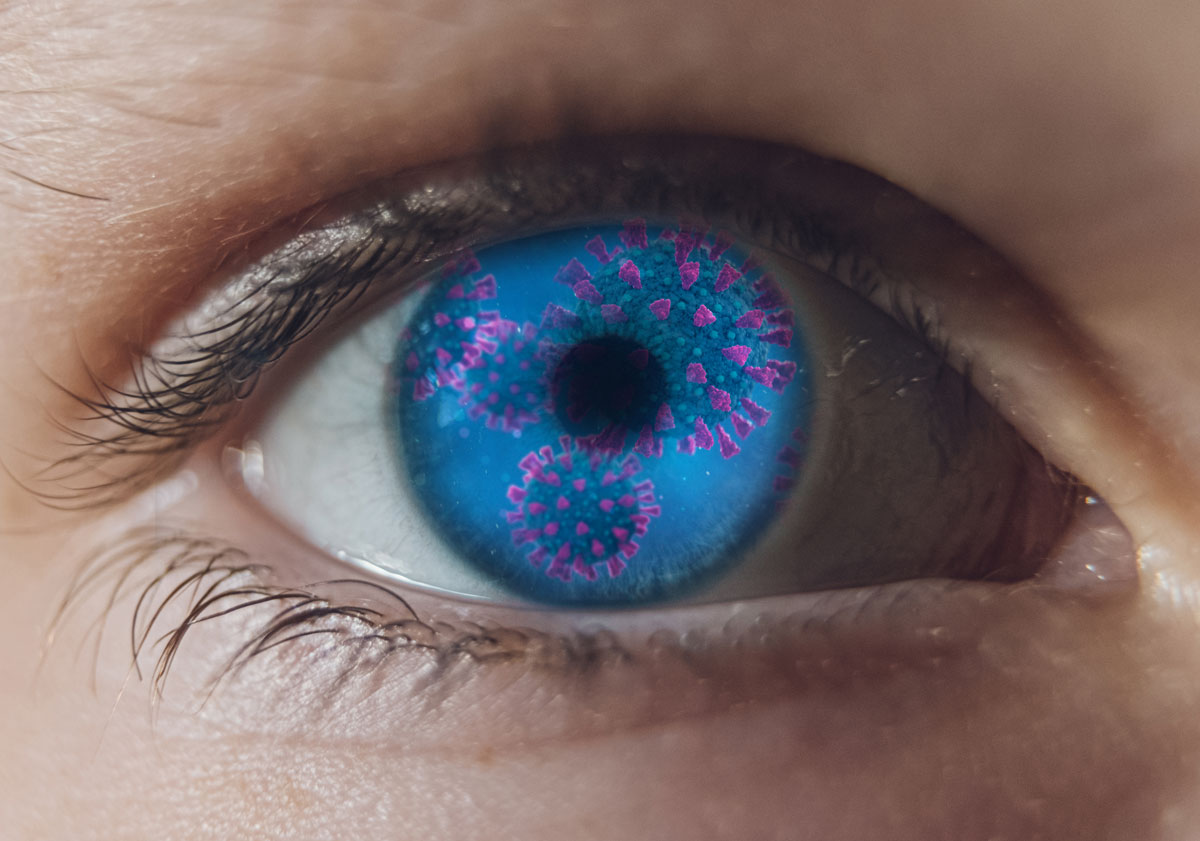 |
|
Patients who were infected by COVID-19 did have a higher prevalence of OSD, though researchers don't yet know if this was caused by the virus or the other way around. Image courtesy of Getty Images. Click image to enlarge. |
SARS-CoV-2 is mainly transmitted through respiratory droplets. Notably, some COVID-19 patients have ocular manifestations, including conjunctival hyperemia, chemosis, epiphora and increased secretions. However, the association between SARS-CoV-2 and ocular surface disease (OSD) is poorly described.
Looking to quantify this relationship, a recent study enrolled 20,157 participants from six districts of China. The team tested serum samples for immunoglobulin G and M antibodies against the SARS-CoV-2 spike protein and nucleoprotein using magnetic chemiluminescence enzyme immunoassays. SARS-CoV-2 prevalence (determined by IgG and IgM antibody results) for the entire study population was 0.9%. They also tested throat swabs for SARS-CoV-2 RNA.
Of the total subjects tested, 8.7% had some form of ocular surface disease, 62.3% had some form of eye problem excluding OSD and 29% had no ocular involvement of any kind. The ocular surface diseases found in the first group included dry eye, keratitis, conjunctivitis, pterygia, eyelid tumors, trichiasis, cysts, nevi and dacryocystitis. Non-OSD conditions were not enumerated in the published study.
The seroprevalence of SARS-CoV-2 was significantly higher in the OSD population than the other two groups. The odds ratios of increased risk of susceptibility in the OSD group relative to the others were 1.47 and 2.17, respectively. Similar results were also observed with respect to sex, age, time and location.
It is still unknown whether the ocular surface conditions were manifestations of COVID-19 or risk factors for contracting the disease, the study authors noted in their paper. Regardless, “Increasing awareness of eye protection during the pandemic is necessary, especially for individuals with ocular surface diseases,” they concluded.
Li S, Qiu Y, Tang L, et al. Association of ocular surface diseases with SARS-CoV-2 infection in six districts of China: an observational cohort study. Front Immunol. August 6, 2021. [Epub ahead of print]. |


